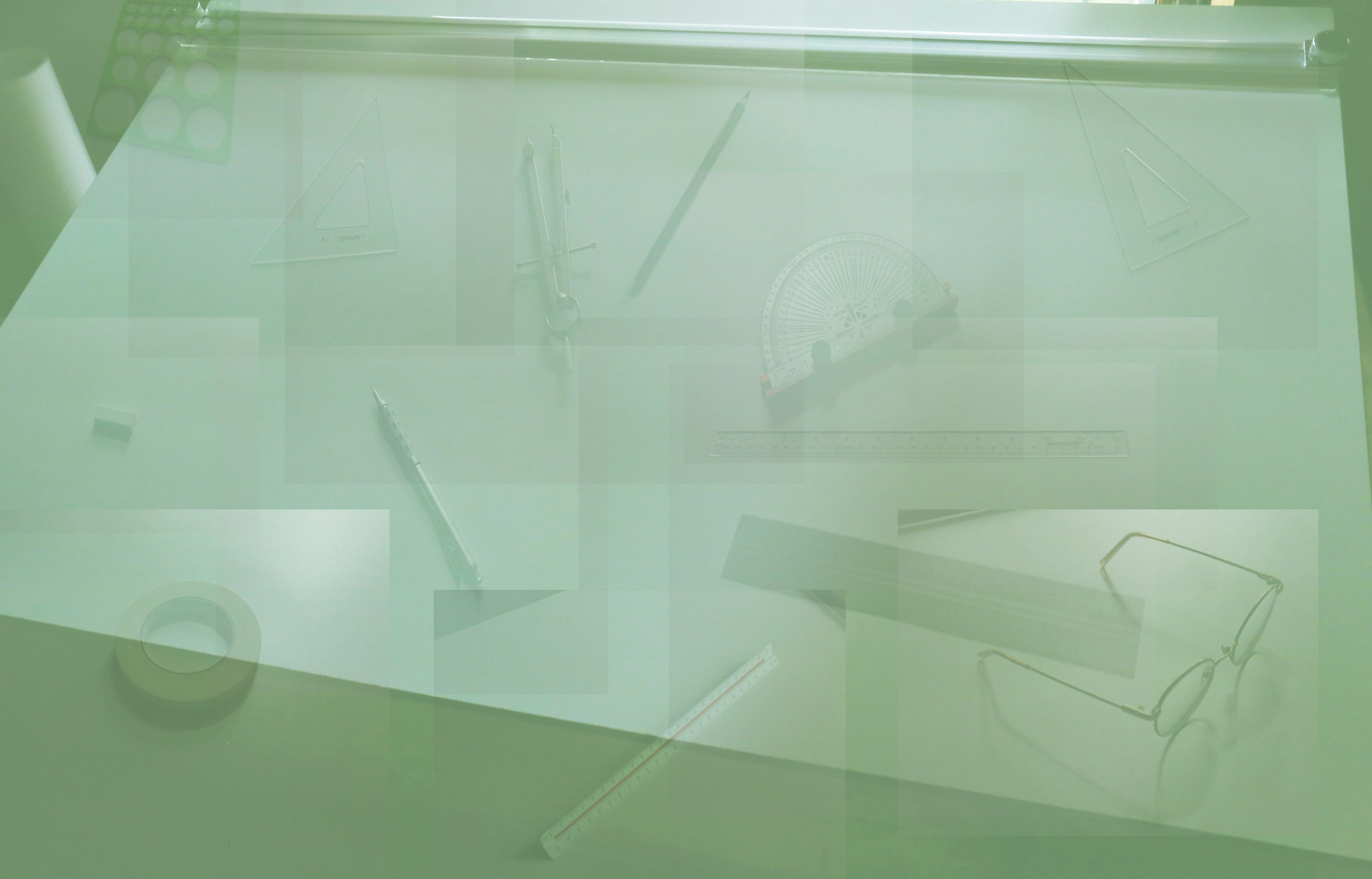
Design is one of the most important things any can study, and something everyone probably should.
It is another one of those fractalline, seriously massive topics that bleeds into everything we do.
Walk into a wabi-sabi, zen’ed out space and you will see what appears to be a very simple scene.
Yet, try and create one without deep study of it, and observe that you were a fool to try.
Design is a complex and multi-faceted discipline that plays a crucial role in shaping the world around us. Design is everywhere, from the products we use, the buildings we live in, and the websites we visit, to the logos and brands that define our favorite companies. Design is a way of thinking about problems and finding creative and effective solutions.
Design is not just about making things look pretty; it’s about solving problems and creating functional, user-friendly products and environments. Designers consider factors such as ergonomics, usability, and accessibility when creating a product or environment, to ensure that it meets the needs of its users.
Designers use a variety of tools and methods to create effective solutions to design problems. These tools can range from traditional tools like sketchpads and pencils, to digital tools such as computer-aided design (CAD) software and digital prototypes. Designers also use research and analysis to understand the needs of their target audience and to inform their design decisions.
In order to be a good designer, it takes a combination of creativity, technical expertise, and problem-solving skills. Good designers have a strong understanding of the principles of design, such as composition, color, and typography, and they use this knowledge to create aesthetically pleasing and functional designs. In addition, good designers are able to listen to their clients and understand their needs, while also having the ability to think critically and come up with innovative solutions to design problems.
Differentiating between good and bad design is subjective, and what one person considers good design, another may consider bad. However, there are certain qualities that are commonly associated with good design. Good design is aesthetically pleasing, functional, and user-friendly. It is well-crafted, with attention to detail, and it is designed with its intended audience in mind.
Bad design, on the other hand, is often characterized by poor craftsmanship, a lack of attention to detail, and a disregard for the needs of its intended audience. Bad design can be confusing, difficult to use, or aesthetically unpleasing, making it a less effective solution to the design problem at hand.
In conclusion, design is a complex and multi-faceted discipline that plays a crucial role in shaping the world around us. Designers use a combination of creativity, technical expertise, and problem-solving skills to create functional, user-friendly products and environments. The ability to differentiate between good and bad design is subjective, but good design is commonly characterized by its aesthetic appeal, functionality, and user-friendliness. Whether you are a designer or simply someone who appreciates good design, understanding the complexity of design can help you appreciate the role it plays in our lives and the world around us.